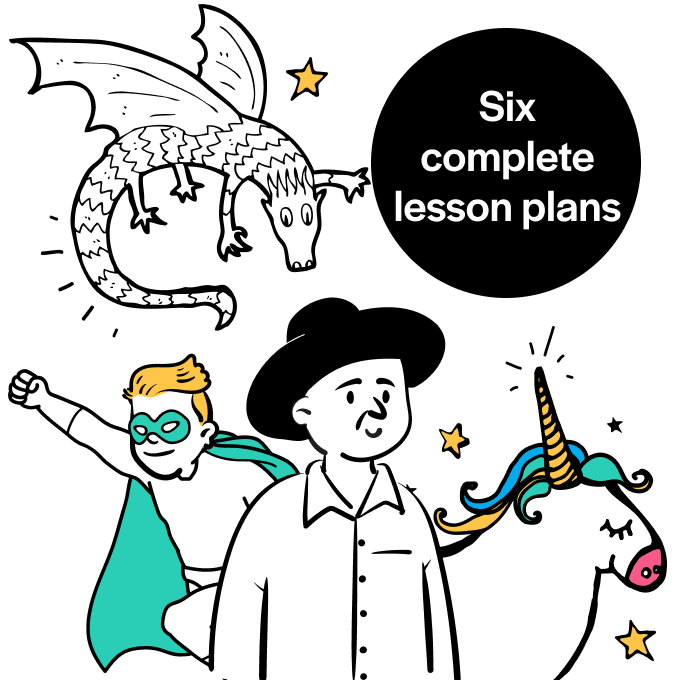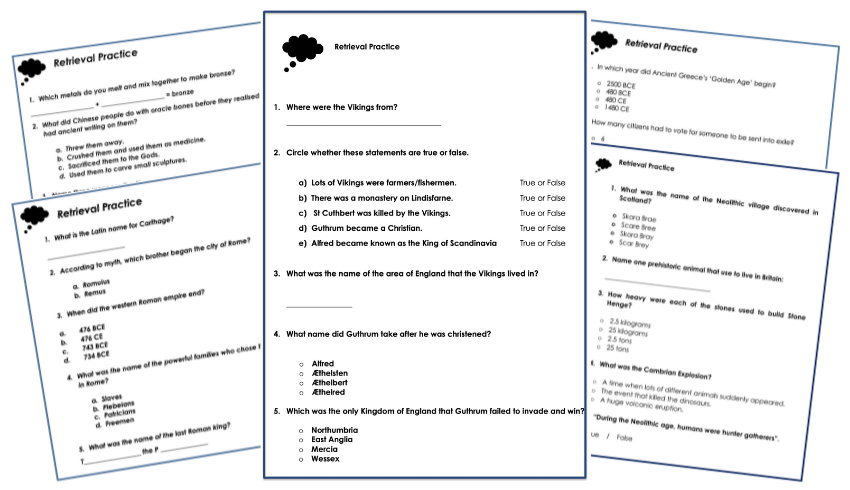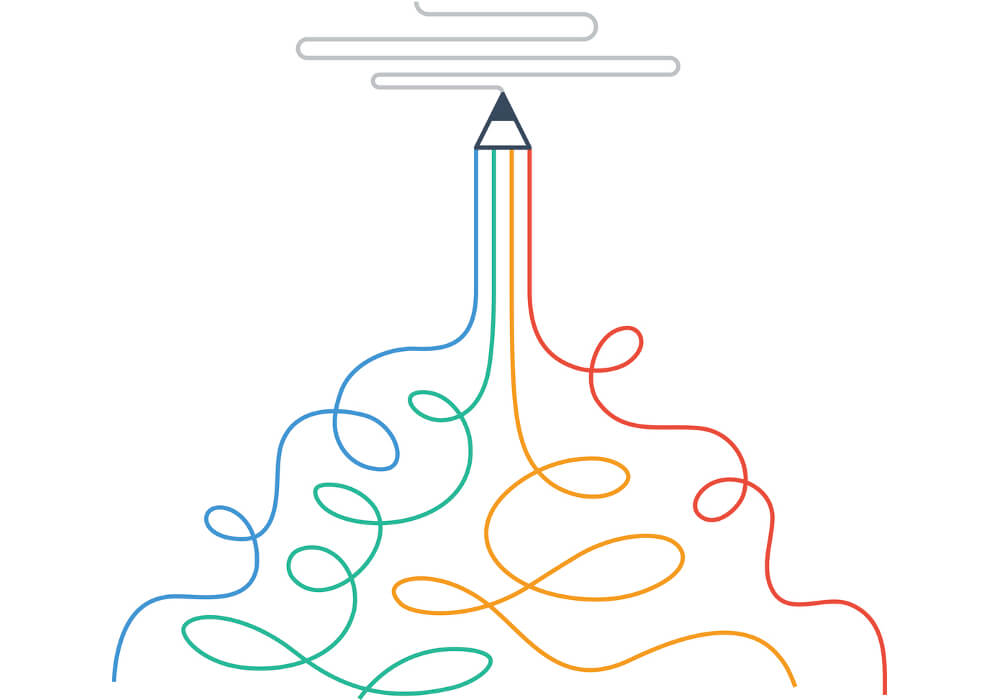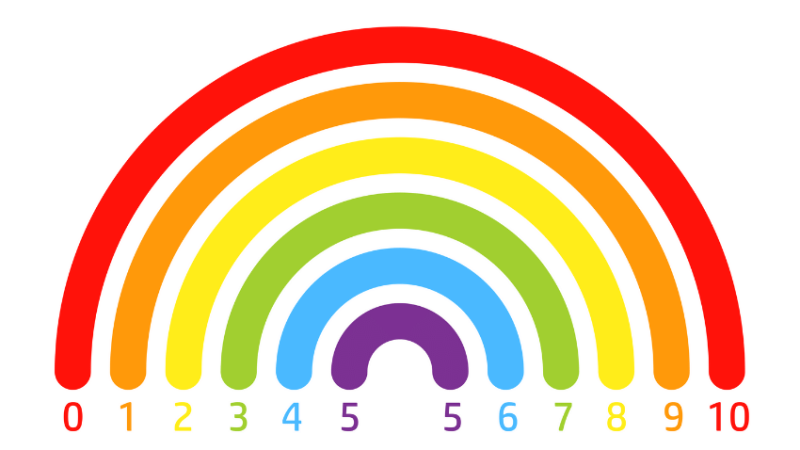6 ideas for taking a curriculum deep dive – with free resources!

At Reach Academy Feltham, Jon Hutchinson and colleagues took a long, hard, research-based look at their curriculum. Here's how they did it, and how you can too…

1 | How to…make sure your curriculum foundations are solid

Curriculum is an undisputed buzzword in education at the moment, and the current focus on it presents enormous opportunity, but also risks, so it’s essential to make sure the foundations are sound.
But how very exciting that we can take some time to think really deeply about what we teach our pupils, when, and in how much detail.
So let’s all stop and take a deep breath. We need to be really careful to get this right, because unlike other trendy initiatives to sweep through education, curriculum is the very backbone of a school.
It is not something that can be fixed and set out in a single SLT meeting, or during the morning of an INSET day. It can’t be outsourced to a consultant or bought in from one of the companies barraging your inbox with a simple solution for a hefty price.
Find out how it can be done here.
2 | How to…get the best out of knowledge organisers

Next up, it’s time to explore a tool gaining huge popularity in classrooms up and down the country, knowledge organisers. In this post we will explore exactly what a knowledge organiser is, and how it is used in the classroom.
Let’s start with the ‘why’ – the exact purposes of a knowledge organiser, which are threefold.
First, it acts as a planning tool, setting out all of the core, foundational facts that must be learnt to understand and master a particular topic.
Second, it is useful as an assessment tool, allowing you throughout a unit of work to quickly check that pupils are learning exactly what you hoped they would.
Lastly, and perhaps most powerfully, is the knowledge organiser’s function as a quizzing tool, helping pupils to recall with lightning speed the key information needed to make sense of the topic.
3 | How to…reduce workload with work booklets

Want an end to firing up the laptop at 11pm to throw a worksheet together? Look no further than the work booklet that can save on time and workload, and which you can use year after year.
Knowledge organisers, can be extremely powerful, but by themselves aren’t enough. They cannot, on their own, constitute a curriculum.
This is because knowledge organisers don’t meet the seven principles set out by Dylan Wiliam – that a curriculum should be balanced, rigorous, coherent, vertically integrated, appropriate, focused and relevant.
So we have added new curriculum element for each of our subjects: work booklets.
For every unit of work, we have written a booklet that includes all of the text, questions, images, activities and tasks that all pupils must complete. The booklet is split into six lessons, each with a key question.
With this feature you can also my work booklet on the Anglo-Saxons and Scots. Check it out here.
4 | How to…boost information recall with regular quizzes

Pupils struggling to recall yesterday’s lesson? Prompt them to retrieve information from memory by embedding regular quizzes into your curriculum design.
Find out more about how Jon Hutchinson uses quizzes and retrieval practice.
5 | How to…use children’s essays as indicators of progress

Ofsted emphasises the importance of a curriculum’s ‘intention, implementation and impact’; when it comes to the latter, essay writing can be transformational.
There are a few different ways that we assess impact at Reach. We frequently have conversations with pupils about their learning. They should be able to speak confidently, authoritatively and with precision and enthusiasm about their topic.
Every half term we have a parent celebration event where they will present on what they’ve learned. We also use end-of-unit quizzes, giving us an overview of how much of the key knowledge has been retained over the term.
But perhaps the most transformational aspect of our foundation curriculum has been the introduction of essay writing.
Read this feature and download a ‘structure strip’ example, as well as an example essay, here.
6 | How to…put knowledge at the centre of your curriculum

Over the course of this series on curriculum in primary, I’ve attempted to lay out a roadmap for putting knowledge back at the centre of each subject.
Instead of thinking about fun activities that will fill the afternoon slot, I’ve set out how to curate the core facts, figures, people, processes and concepts necessary to master a unit of work.
There should be awe and wonder in the classroom, but it should be the substance of the subject that is awesome and wondrous.
Vague mishmash topics were banished, with clear and distinct areas of study identified. Learning has been (re)defined as creating relatively permanent changes in long-term memory, and developing increasingly sophisticated schemas so that pupils are able to engage in abstract thinking.
But perhaps the arguments for such an approach don’t matter any more. Ofsted has pulled its big curriculum lever, and ‘deep dive’ squadrons have been deployed to interrogate poor subject leads in the manner of Monty Python’s Spanish Inquisition.
Like it or not, your curriculum needs to be rigorous and sequenced and rich in cultural capital, whatever that means this week. Here’s how you can do it.
Read advice for preparing for PE deep dive questions.










